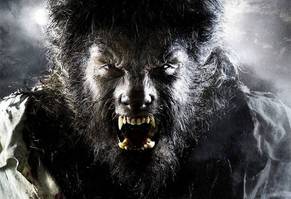
Last Halloween, I tackled one of my pet subjects, vampires in cinema. This year, it’s time to switch the focus to the vampire’s hairier cousin. And who better to take on cinematic lycanthropy than I’m With Geek’s own Teen Wolf obsessive? From Universal horror classics to menstruation metaphors by way of a pretty hairy basketball game, here are just some of the best werewolves in cinema.
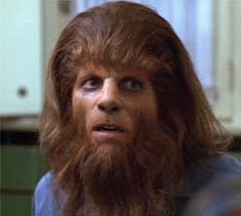
The MTV TV series remake may be what we’re more accustomed to discussing on I’m With Geek, but the original 80s supernatural comedy cannot be forgotten. Starring Michael J Fox in his Marty McFly era prime, Teen Wolf is the story of Scott Howard, a teenager who becomes, you guessed it, a werewolf. But unlike the traditional narrative of being bitten, Scott’s lycanthropy is genetic, inherited from his father and manifesting in his teenage years. The main thrust of the story is essentially that being a werewolf makes Scott impossibly brilliant at basketball, translating into high school popularity and the attention of the ladies. Hardly a horror staple, but a winning film thanks to Fox’s charisma. The less said about the sequel, Teen Wolf Too, the better.
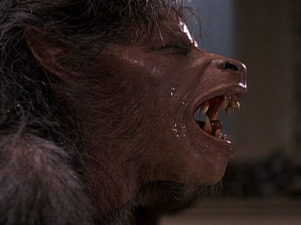
Despite a painfully stereotypical representation of “the North” (growing up as I did next to the moors, where this film’s opening is set, it does make you very angry), An American Werewolf in London is nevertheless a work of genius from director John Landis. Perhaps best remembered for the slow, painful and excruciatingly graphic first transformation (all set to the iconic soundtrack of Bad Moon Rising by Credence Clearwater Revival), the film is an overwhelmingly good werewolf story, tackling the almost Freudian fight between animal urges and humanity, resulting in a devastating finale. The use of hallucinations and dream sequences featuring Jack, the friend killed in the werewolf attack while David was changed, are also brilliantly handled as David loses himself more and more to his lycanthropy. In all honesty, this film will go down in history purely for that transformation sequence, but it deserves to be remembered for so much more than that.
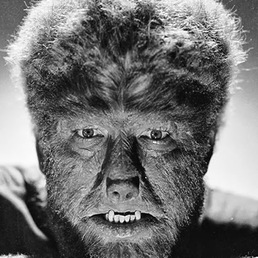
No, this is not the fairly poor 2010 remake starring Benicio del Toro, but the 1941 Universal film starring Lon Chaney Jr (son of the legendary silent film star) as the titular wolf man, with a supporting cast boasting names like Claude Rains and Bela Lugosi. As the only Universal monster to be played by the same actor in all of his film appearances (until 2010, that is), Chaney considered the wolf man his “baby”. And that is no surprise, given what a stellar job he did of his portrayal, with original and identifiable gestures making his character a unique presence, even under all that make-up. A brilliant score and innovative (for the time) editing techniques contribute to the effect of a film which has lasted generations without losing any of its magic.
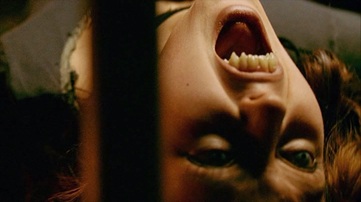
Ginger Snaps has been covered on this website before, but its sheer brilliance must be celebrated. Spawning two sequels of lesser but still good quality, Ginger Snaps is the story of two weird sisters, Brigitte and Ginger, who have an unhealthy fascination with death. But when older sister Ginger’s first period coincides with her being attacked by a werewolf, Ginger begins to change, both physically and mentally. With the help of local drug dealer Sam, Brigitte seeks to cure her sister, but it may be too late. Ginger Snaps’ excellence lies in how effortlessly it uses the lycanthrope metaphor to tackle menstruation, to the point where it can be uncomfortable for some to watch. Ginger’s gradual physical change into the werewolf at first manifests itself as puberty changing her body, and her animalistic tendencies are mistaken for sexual promiscuity. Anchored by some fantastic performances and well-utilised horror, Ginger Snaps is utterly fantastic.
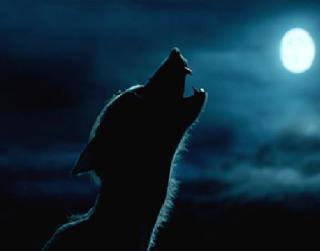
Remus Lupin is a fan-favourite character in the Harry Potter universe, and if his name didn’t give it away enough, he is a werewolf. Played by David Thewlis for the remainder of the series, Harry Potter and the Prisoner of Azkaban remains the only film to place an emphasis on Lupin’s condition. In a film that has plenty of fun with time-travel trickery and transfiguration, one of the best set-pieces showcases Harry and Hermione luring the turned Lupin away from their past selves, culminating in an atmospheric chase through the Forbidden Forest. What makes Lupin so great is that he is an essentially good character, pretty much the only one you will find in the Defence Against the Dark Arts position, and yet he is still hounded out of his job by parents thinking him a monster. The Harry Potter universe has other werewolves: Fenrir Greyback is a pure monster, and Bill Weasley is later turned but this is barely seen in any depth in the film adaptations. Lupin’s lycanthropy, on the other hand, is the catalyst for so many other events. He is the reason that the Marauders learned transfiguration, therefore leading to the significance of the stag patronus, and the ultimate reveal of Scabbers the Rat. He’s also just a really great character, okay?


 RSS Feed
RSS Feed
